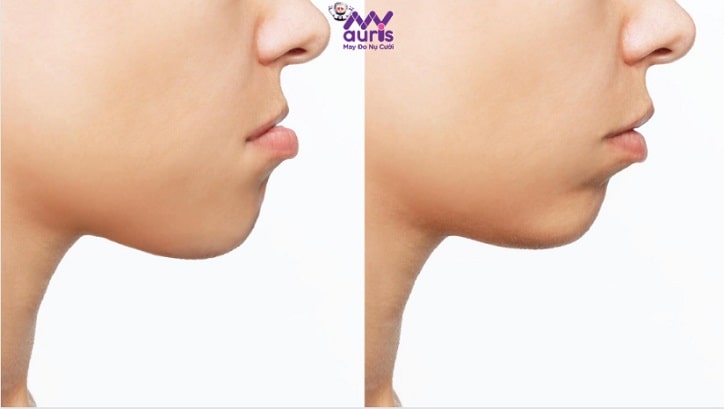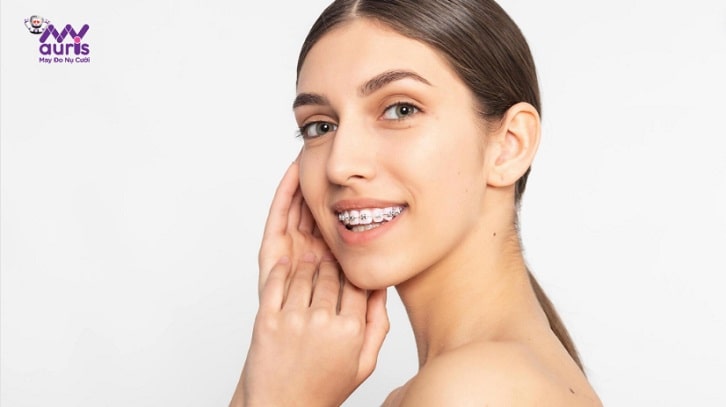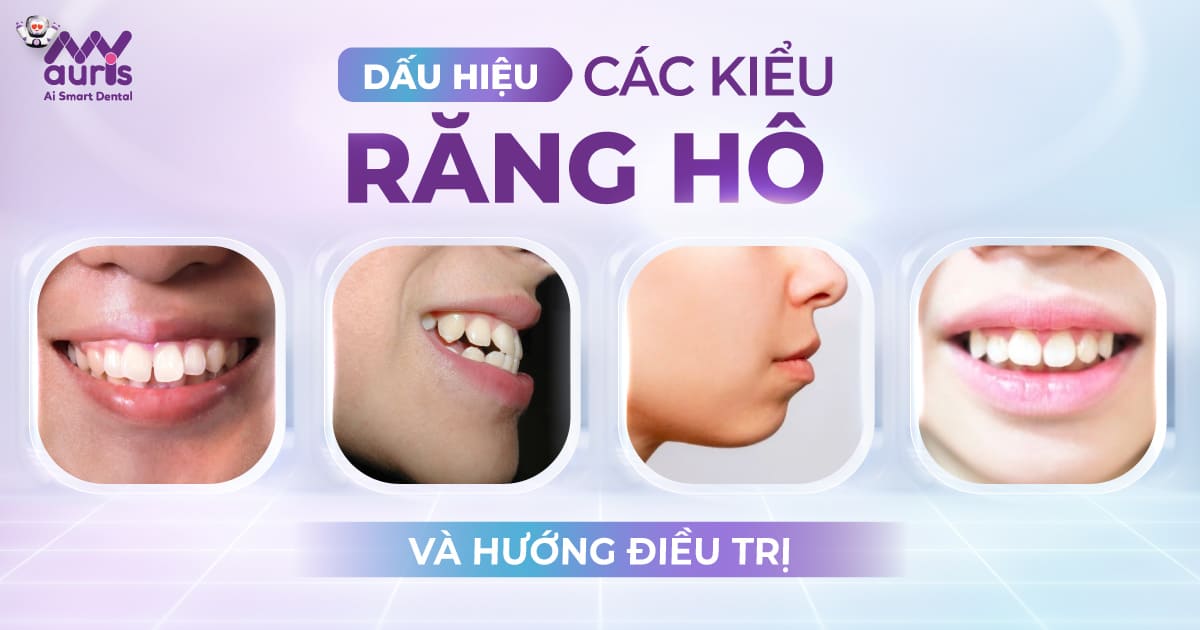Hooked teeth are a common dental condition, because they affect the aesthetics as well as the overall appearance of the face. This makes you lose confidence in life and daily communication. So what are the common types of buck teeth and what are the solutions for cosmetic dental restoration?
Common and common types of buck teeth
Protruding teeth is a condition of malocclusion that can be easily seen due to loss of balance between the upper and lower jaw. Therefore, the tooth structure or bone relationship will have common overbites such as:
Maxillary protrusion
A telltale sign of upper jaw protrusion is when the jaw bone structure overdevelops. The upper jaw protrudes and the jaws do not match each other, making the face unbalanced. This will affect the ability to pronounce, the chewing function as well as the face.
Middle protruding teeth
A telltale sign of lower protruding teeth is when the chin is misaligned, the lower teeth will cover the upper teeth. Furthermore, when you close your mouth, your jaw can shift to the right or left. From there, this condition needs to be treated early to avoid the teeth and jawbone being affected, which affects the bite and the ability to chew.

Hooked teeth make lips thick
This condition is caused by an imbalance between the upper and lower teeth, and the bite is misaligned. This problem will affect the aesthetics and make chewing difficult.
Recognizable signs of buck teeth causing thick lips are the upper teeth are pushed out too much compared to the lower jaw, the lips are thick, pointed and the mouth cannot close. At the same time, the teeth are pushed forward when viewed from an angle.
Protruding teeth
When smiling, the gums are exposed a lot because the tooth crown is too short, and there is a mismatch between the tartar and gums when smiling;
Causes of lovebuck teeth condition
Hooked teeth often have many causes leading to this condition including the following cases:
Case of buck teeth caused by teeth
- The cause is misaligned teeth, specifically incisors that do not grow parallel to the vertical and protrude outward;
- Teeth that are too large in size, causing the jaw not to have enough room for the teeth to grow upwards, causing the teeth to protrude or grow crowded;
- Due to bad habits such as thumb sucking, holding a pacifier for a long time or during tooth replacement. This causes baby teeth to fall out prematurely without remedial measures, causing the teeth to grow misaligned and crowded. Furthermore, when permanent teeth grow, there will not be enough room, causing the teeth to grow crowded or protrude outward, causing buck teeth.
In case of buck teeth due to the jaw
- The cause is that the teeth grow normally but the facial structure still develops out of control;
- The upper jaw is hypertrophied, overdeveloped compared to the lower jaw. Usually buck teeth due to jaw is due to congenital factors;
In cases of buck teeth and jaw bone
This condition is quite complicated, also known as mixed buck teeth. To determine the main cause of this condition, X-rays and near-apical scans are taken.
Effective treatment for buck teeth
To fix buck teeth, you need to know the cause. Below are some specific methods of treating protruding teeth such as:
Ceramic crowns
Ceramic crowns are often prescribed for mild cases of protruding teeth caused by protruding teeth. In addition, it can also be performed for situations where teeth are crooked, crooked, underbite, yellowed, and ineffective teeth whitening techniques have been applied. data-lazyloaded=”1″ src=”https://myauris.vn/wp-content/uploads/2024/01/cac-kieu-rang-ho_3-min.jpg” decoding=”async” class=”size-full wp-image-41682″ alt=”types of buck teeth” width=”726″ height=”409″>
The porcelain crown technique is performed by grinding down the outer tooth enamel, then placing a porcelain crown on top with a shape and color similar to that of real teeth. From there, it is possible to overcome the problem of buck teeth and make teeth more even and beautiful.
Orthodontic braces
Aesthetic braces is a method of treating buck teeth that not only brings long-term results with high aesthetics. At the same time, it is safe and painless. However, braces require an investment of 18 – 24 months. The length of braces will be short or long depending on the severity of each person’s condition.
For cases of protruding teeth due to teeth and jawbone, it is necessary to combine jaw correction surgery. This method requires high technical skills and expertise to avoid causing many complications.

On the market today there are many popular types of braces to choose from:
- Metal braces: Metal braces have a typical structure of an arch wire that is fixed in the bracket groove by an elastic band. These elastic fibers have good elasticity or self-closing locks on the brackets to keep the arch wire stable. Thanks to that, it ensures that the orthodontic process takes place continuously.
- Ceramic braces: Ceramic braces are developed based on traditional braces, and use a system of brackets and wires to pull teeth into the correct position on the jaw. The difference between ceramic braces and metal braces is that they are made of high-quality porcelain.
- Removable braces (transparent braces): This method uses force mainly applied to the teeth through braces made of transparent plastic material. Furthermore, this set of braces is designed specifically according to each customer’s tooth impression. Each customer can remove and install the braces themselves every time they clean their teeth. In addition, customers can change the tray at home, on average about every 2 weeks and wear it for at least 20 – 24 hours continuously to help the teeth move effectively.
Hopefully the above detailed sharing about types of protruding teeth. At this point, you will make the right decision for yourself to own healthy, beautiful teeth. Don’t forget to follow our next article to update many useful knowledge and chat with doctors at My Auris dental website as well as oral health.
Kim Dung





